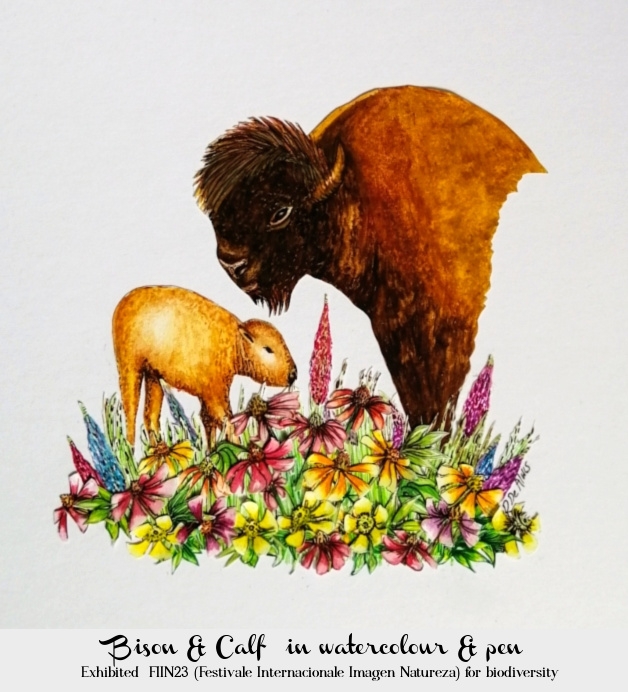Biodiversity
Biodiversity
.....is the variety of life in a habitat or ecosystem – the more variation between and amongst species, the more biodiversity. This enriches the soil, air and water quality, regulates cycles providing self sustaining eco systems with abundant food sources- thereby increasing the chances for survival.
Bio diversity loss
It can be described as the result of living organisms - micro, terrestrial or marine making up diverse ecosystems, with an intricate, complex and fragile connectivity being damaged by human activities. The web of biotic (plant, animal, insect, microbial, fungal, marine etc) relationships are strengthened with less human disturbance, which often fragments and destroys habitats, causes stress, pollutes through chemical and other toxic substances, brings noise and light pollution affecting the movements, nesting, feeding, mating, communication and other habits of wildlife (such as finding plants & minerals needed for self medication). This leads to ecosystems being degraded leading to bio-diversity loss. Sometimes just losing one species in an ecosystem such as wolves, sharks, bats, insects and plants can have severe consequences, interfering with the balance that needs to be maintained such as the regulation of cycles and natural control of populations.
Timescales
An important factor in biodiversity is Time, as the natural world has its own time scale that cannot be comparable to societal needs. Another factor is the separation of society from the natural world, where society exists to exploit nature for its own purposes, often with minimal care, control or concept of the damage that is wreaked. It is important to remember growth, nurturing and repair take time. Biodiversity is the result of thousands of years of evolution and cannot suddenly be recreated to satisfy the whims of a relentless human need for resources (even with GM and terra forming technologies).
Climate change
Currently human induced climate change is proving to be the major threat to biodiversity where recent wildfires have burnt millions of acres of forest, temperature rise leading to ocean acidification, changes to salinity of seawater, arctic ice loss/thinning and levels/patterns of rainfall – all affecting the bio diversity of terrestrial and marine environments, speeding up the process of climate change from the retreat, damage and loss of carbon sinks such as forests, coral gardens, peat lands, grasslands, arid regions, ice sheets etc. affecting the species, habitats they contain or support.
Biodiversity maintains ecosystem services; provides food, medicines, materials for shelter, technology.... Biodiverse habitats sustains life for all species.

